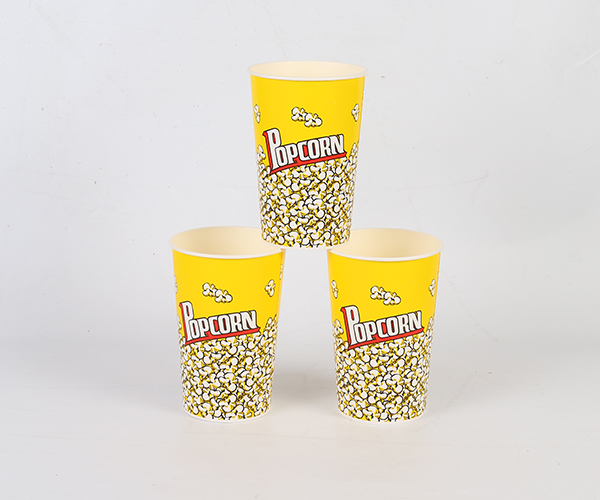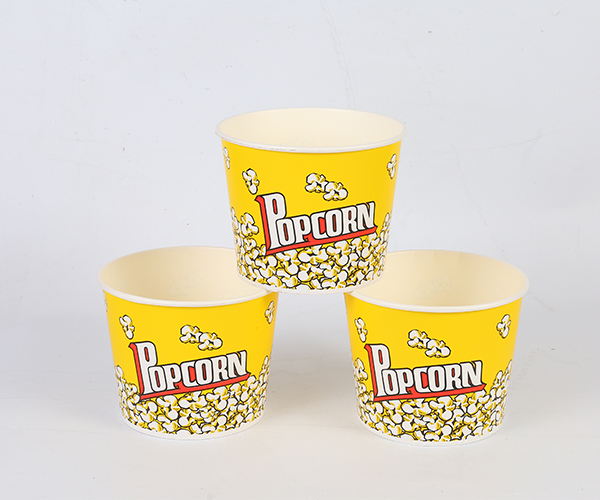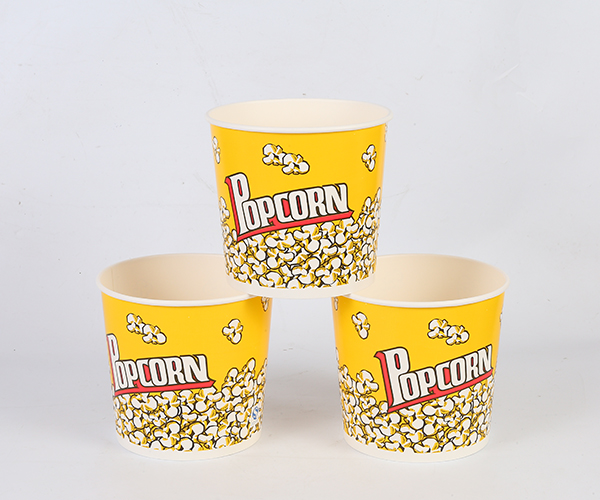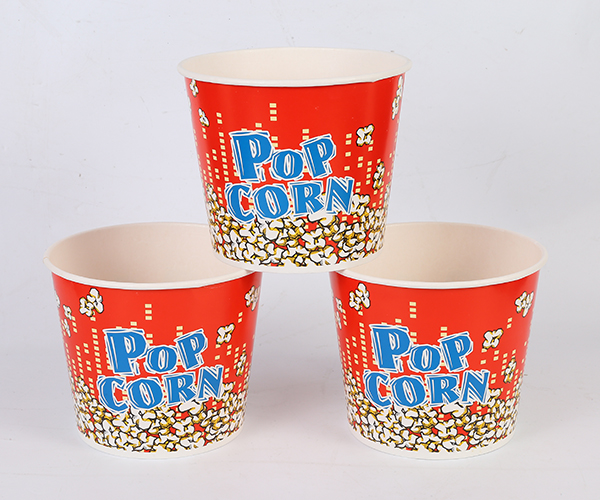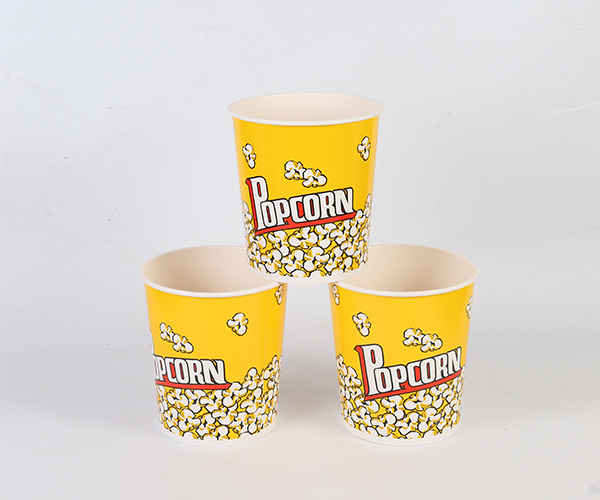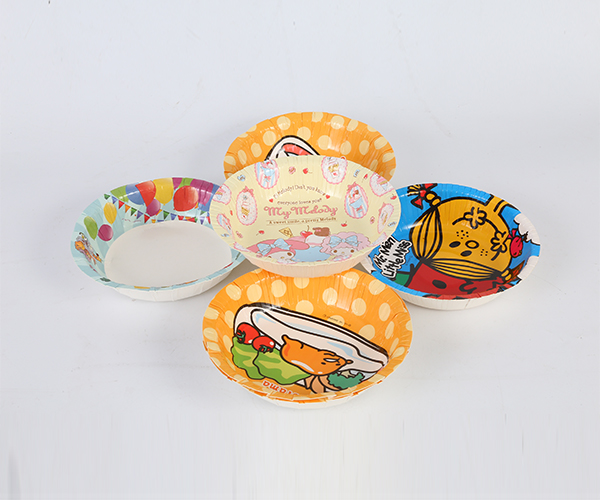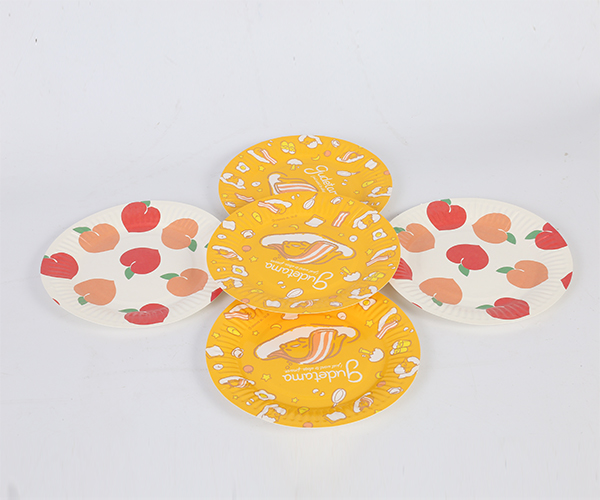Material Composition and Its Role in Moisture Resistance
The structural integrity of paper plates in cold storage significantly depends on the materials used in their manufacturing process. Basic paper plates made from uncoated pulp are more vulnerable to moisture penetration due to their porous nature. Once exposed to condensation or cold air laden with moisture, the cellulose fibers can absorb water, causing softening and deformation. On the other hand, some modern Disposable Paper Plates come with a thin layer of coating—such as polyethylene or PLA (a biodegradable plastic)—designed specifically to resist moisture and oil. These coated versions generally perform better in cold and humid conditions, maintaining their rigidity and shape for longer periods.
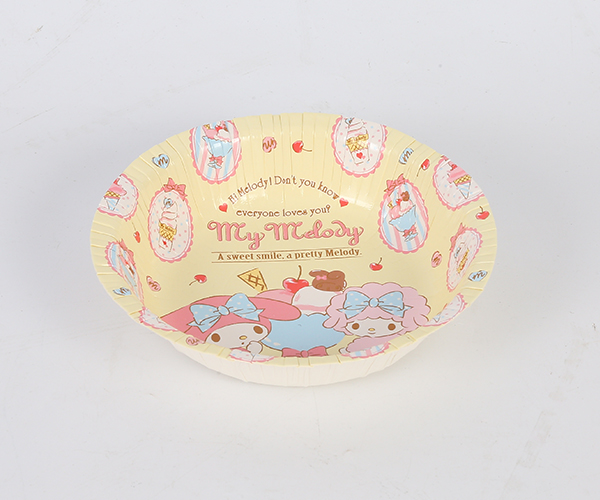
Influence of Time and Refrigeration Conditions
The duration for which paper plates are stored in a refrigerator plays a crucial role in their performance. Short-term storage typically poses minimal risk if the plates are kept dry and isolated from food containers that might release moisture. However, over several days or weeks, the constant exposure to fluctuating humidity levels can cause cumulative moisture absorption. This is especially true in frost-free refrigerators that circulate air continuously to avoid ice build-up. While the air circulation helps regulate temperature, it also enhances the movement of water particles, which can settle on porous materials like paper. In this scenario, even coated plates may eventually exhibit warping at the edges or lose their firmness, depending on their thickness and design.
Packaging and Storage Practices for Damage Prevention
To counteract moisture-related issues, proper storage practices are essential. Sealing paper plates in airtight plastic or zip-lock bags before refrigeration is one of the effective methods to preserve their shape and functionality. This barrier prevents direct contact with moisture-laden air and helps maintain dryness. Another technique includes placing the plates in a dry box or container with silica gel packets to absorb excess humidity. Additionally, separating the plates from food containers that tend to leak or release condensation helps avoid direct moisture transfer. Commercial users, such as caterers or foodservice businesses, often employ vacuum-sealed storage when preparing plate-packed food in advance, ensuring exposure to air and humidity.
Alternative Solutions for Long-Term Cold Storage
For situations requiring extended refrigeration, alternatives to paper-based options might be worth considering. Biodegradable plates made from sturdier materials like bagasse (sugarcane fiber) or bamboo often provide better performance under cold conditions. These materials offer increased thickness and natural resistance to water absorption. While still environmentally friendly, they often deliver more reliable outcomes in terms of preserving shape and usability. In cases where aesthetics or function must be preserved at all costs, switching to reusable plastic or glass plates for storage and then transferring food to paper plates at the point of service might also be a practical solution.
Balancing Practicality and Performance
While Disposable Paper Plates offer many advantages in everyday use, their performance in refrigerated environments can be compromised without appropriate precautions. The material composition, coating, storage duration, and environmental humidity all contribute to the likelihood of warping or weakening. By selecting moisture-resistant designs, implementing proper packaging techniques, and considering alternative materials when needed, users can significantly reduce the risks of deformation. For both home and commercial users, understanding these dynamics ensures that paper-based products remain effective even in challenging cold storage scenarios.


 English
English 中文简体
中文简体
